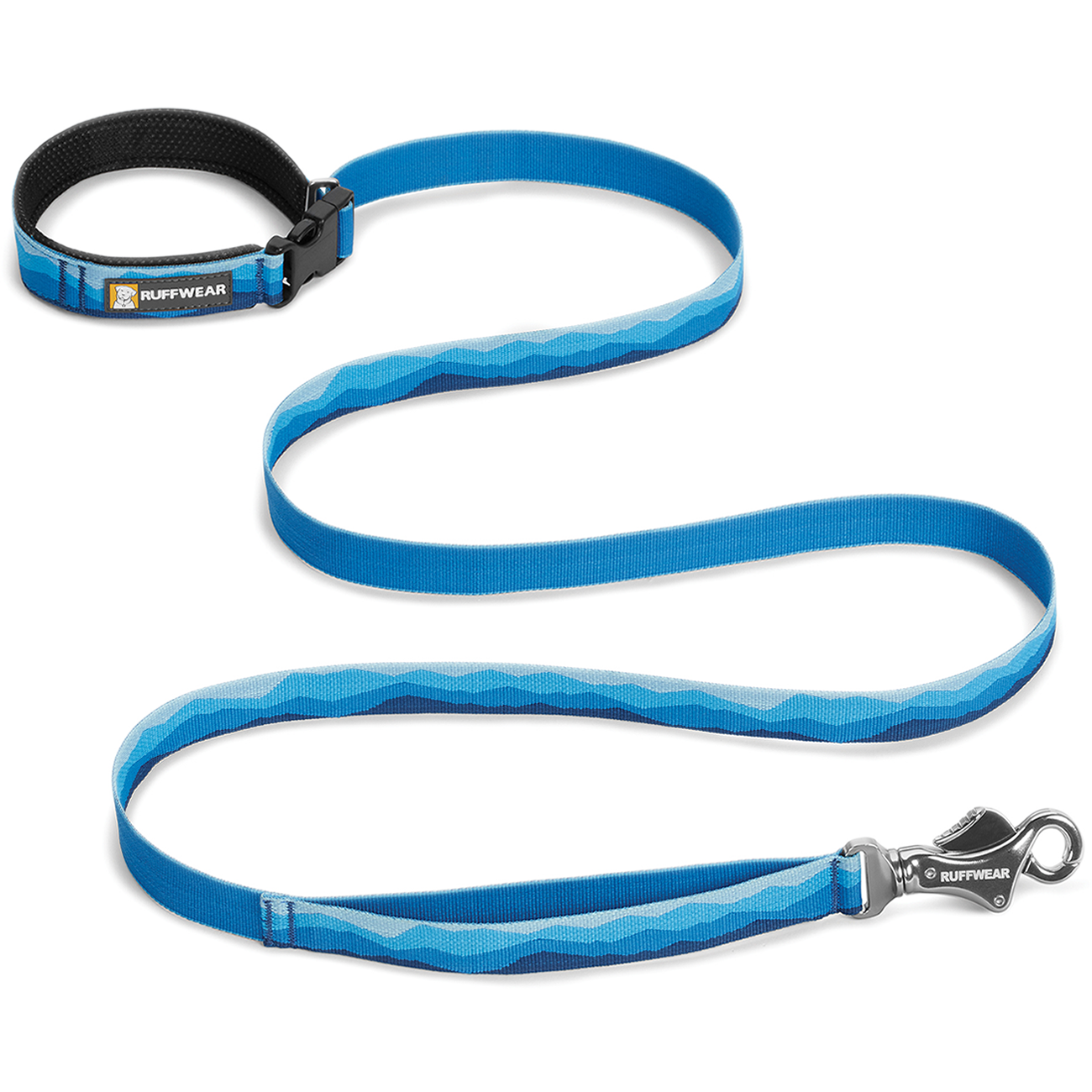Understanding Leashes: Essential Information For Pet Owners
When it comes to walking your dog, a leash is an indispensable tool. Not only does it keep your pet safe, but it also ensures that they are under control in various environments. In this comprehensive guide, we will explore the different types of leashes available, their benefits, and how to choose the right one for your furry friend. Whether you are a new dog owner or have been caring for pets for years, understanding leashes is crucial for a harmonious walking experience.
The word "leash" often conjures images of traditional nylon straps, but the variety of leashes on the market today is extensive. Each type of leash serves a unique purpose, catering to different needs and preferences. In this article, we will delve into the various leash types, their specific uses, and the best practices for using them effectively.
Additionally, we will touch upon the importance of leash training and how it can significantly enhance the bond between you and your pet. With the right knowledge and tools, you can ensure that your dog enjoys their time outdoors while staying safe and well-behaved.
Table of Contents
- What is a Leash?
- Types of Leashes
- Benefits of Using a Leash
- How to Choose the Right Leash
- Leash Training Tips
- Safety Considerations
- Common Leash Mistakes
- Conclusion
What is a Leash?
A leash is a length of material used to restrain or lead an animal, particularly dogs. Typically made from durable materials such as nylon, leather, or cotton, leashes come in various lengths, widths, and styles. The primary purpose of a leash is to maintain control over your pet while walking, preventing them from wandering off or encountering dangers.
History of Leashes
The concept of leashing animals dates back thousands of years. Historically, leashes were used not only for dogs but also for other domesticated animals. Over time, the design and materials used for leashes have evolved, leading to the diverse options available today.
Types of Leashes
There are several types of leashes available, each designed for specific needs. Here are some of the most common types:
1. Standard Leash
- Length: Typically 4 to 6 feet
- Material: Nylon, leather, or cotton
- Best for: Everyday walks
The standard leash is the most commonly used type and is suitable for most dogs. It provides enough length for freedom while maintaining control.
2. Retractable Leash
- Length: Extends up to 30 feet
- Material: Nylon with a plastic handle
- Best for: Dogs that are well-trained and enjoy exploring
Retractable leashes allow for greater freedom of movement, but they require more training and awareness to use safely.
3. Martingale Leash
- Length: 4 to 6 feet
- Material: Nylon or fabric
- Best for: Dogs that pull
The martingale leash is designed to tighten slightly when the dog pulls, providing better control without choking.
4. Chain Leash
- Length: 4 to 6 feet
- Material: Metal chain
- Best for: Strong or aggressive dogs
Chain leashes are sturdy and prevent chewed leashes, making them ideal for powerful dogs.
Benefits of Using a Leash
Using a leash while walking your dog offers numerous benefits, including:
- Enhanced safety: Keeps your dog close and away from potential hazards.
- Control: Provides better control over your dog's movements.
- Socialization: Helps your dog interact with other pets and people safely.
- Training: Aids in training your dog to follow commands and behave properly.
How to Choose the Right Leash
Selecting the right leash depends on several factors, including your dog's size, behavior, and the environment in which you will be using it. Consider the following:
- Dog Size: Larger dogs may require sturdier leashes, while smaller dogs can manage lighter materials.
- Dog Behavior: If your dog is prone to pulling, consider a martingale or a training leash.
- Walking Environment: For busy streets, a standard leash is often best, while a retractable leash may be better suited for open areas.
Leash Training Tips
Training your dog to walk on a leash properly is essential for a positive experience. Here are some tips:
- Start with short sessions to prevent fatigue.
- Use treats to reward positive behavior.
- Practice commands like "heel" and "sit" during walks.
- Be consistent with training to reinforce good habits.
Safety Considerations
While leashes are essential for safety, it’s vital to consider some safety tips:
- Inspect the leash regularly for wear and tear.
- Always use a leash in public areas and while around other animals.
- Ensure the collar or harness fits properly to prevent escape.
Common Leash Mistakes
Many pet owners make common mistakes when using leashes, such as:
- Not training their dog to walk properly on a leash.
- Using the wrong type of leash for their dog's behavior.
- Allowing their dog to pull while on the leash.
Avoiding these mistakes can lead to a more enjoyable walking experience for both you and your pet.
Conclusion
In summary, understanding leashes and their importance is vital for every dog owner. By choosing the right leash, training your dog effectively, and practicing safety, you can enhance your walking experience and ensure your pet's safety. If you found this article helpful, please consider leaving a comment, sharing it with other pet owners, or exploring more articles on our site.
Thank you for reading! We hope to see you back here for more informative content on pet care.
Brock Purdy's Wife: A Deep Dive Into Their Relationship
Unveiling The Life Of James Hewitt: The Man Behind The Royal Scandal
2024: A Year Of Transformation And Opportunities


